Digital Rim Lock Installation Tips: Get The Best Fit
Digital rim locks are a big step forward in door security. They mix the old-school mechanical locks with new electronic access systems. Sure, the digital door lock price might be slightly higher but they are definitely worth the extra security and convenience.
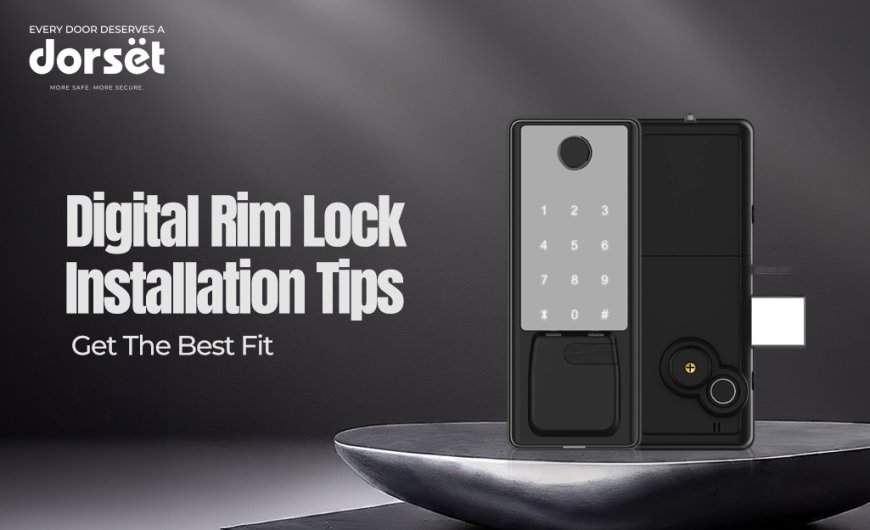
Digital rim locks are a big step forward in door security. They mix the old-school mechanical locks with new electronic access systems. Sure, the digital door lock price might be slightly higher but they are definitely worth the extra security and convenience. Unlike mortise locks that fit inside a cut-out in the door, rim locks are mounted on the door’s surface. This usually makes them easier to install but only if they’re lined up properly and mounted securely.
Installing one might feel overwhelming at first, but with a bit of prep and a step-by-step approach, you can get a clean, pro-level finish. Just keep in mind that digital rim locks need a few things traditional locks don’t, like the right power source, door thickness, and space for the electronic bits.
Plan Before You Start
-
Start by measuring your door’s thickness. Most digital rim locks fit doors between 35mm to 50mm, but some models are made for thicker doors too. Use a ruler or caliper to check your door in a few places because older doors can vary in thickness.
-
Take a look at your door material. Solid wood is usually the easiest to work with. Metal might need special drill bits, and composite doors can have hidden parts inside that you’ll want to avoid drilling into.
-
Also, check the area around the door. Are there any handles, hinges, or frames that might get in the way of your lock? Make sure the door swings in a direction that works well with the lock.
-
Read through the manufacturer’s instructions carefully before you do anything. These locks often come with multiple parts like the main lock, strike plate, wiring, and mounting bits. Knowing how everything fits together will help you avoid mistakes.
Prepping the Door
-
Make sure your door’s surface is clean, flat, and free from any old hardware. Remove old locks and handles, and fill unused holes with wood filler or metal repair compound. Let it dry properly before moving on.
-
Use the paper template that comes with the lock to mark where everything goes. Stick it on the door, make sure it’s straight, and then mark the drill holes with a center punch or sharp tool. This keeps your drill bit from slipping. Always double-check your measurements. Drilling in the wrong place is a pain to fix.
-
Also, think about what’s inside your door. If it has a metal core or foam filling, you might need to adjust your drill points to find strong spots that can hold the lock securely.
Drilling and Cutting
-
Choose drill bits that match your door material. Wood? Use standard bits. Metal? Go with carbide or high-speed steel. For composite doors, use mixed-material bits to avoid damage.
-
Start with pilot holes for all screws, even in softwood. They prevent the wood from cracking and help the screws go in straight. Use a bit that’s about 75% the size of your screw’s core.
-
If you need to make big holes for things like cylinders or wires, drill slowly and steadily. For wood, drill from both sides to avoid splintering. Mark your depth with tape on the bit to keep from going too deep.
Installing the Electronics
-
Be extra careful with the electronic parts they don’t like static or rough handling. Don’t force them into place.
-
Plan your wiring before making final connections. Make sure wires are long enough and won’t get pinched when the door opens and closes.
-
Battery compartments need to be sealed, especially for exterior doors. Follow the manufacturer’s instructions so moisture doesn’t get in. And make sure you can still reach the batteries easily when it’s time to change them.
-
Place your keypad, card reader, or fingerprint scanner where they’re easy to use but protected from rain or tampering. Most people find 1000mm to 1200mm from the floor is a comfortable height but adjust for your family’s needs.
-
Test all the electronics before final assembly. Make sure buttons, sensors, and readers are working. It’s way easier to fix problems now than later.
Getting the Alignment Right
-
The lock and strike plate need to line up perfectly. Even a small misalignment can make the lock jam or not latch properly.
-
Mount the main lock body first. Use a spirit level to get it straight, and check that it moves smoothly.
-
Then install the strike plate using the lock body as a guide. Close the door, test the lock in different positions, and make sure everything aligns throughout the door’s movement.
-
Check the gap between the door and the frame. The lock should operate without rubbing or bumping anything. If needed, tweak the strike plate’s position for better clearance.
-
Open and close the door while testing the lock. Make sure it works just as well either way and locks securely when closed.
Power Supply Tips
-
Most digital rim locks run on batteries, but some have wired or backup power options. Think through your setup to keep the lock running reliably.
-
Make sure the battery pack is easy to reach without taking the whole lock apart. Check the battery life and set reminders to change them on schedule so you’re not caught off guard.
-
If you’re using hardwired power, make sure your electrical supply is suitable and follows local codes. You may want to call an electrician if you're unsure.
-
Some models come with backup batteries or low-battery alerts. Learn how they work so you’re not stuck in an emergency.
Final Checks and Setup
-
Once everything’s installed, test the smart door lock completely. Try all access methods keypad, card, app, and manual override if there is one.
-
Make sure everyone who needs access can use the lock. You might need to program codes, add fingerprints, or sync phones.
-
Double-check the security features auto lock, alerts, and logs if available. Make sure you understand how they work.
-
Write down all codes, settings, and maintenance tips. Keep the info in a safe but easy-to-find spot for future use.
When to Call a Pro
If you’re unsure about any part especially electrical work or tech setup it’s okay to call a pro. Dorset offers a full range of reliable digital and mechanical locks, and professional installers can help you get everything running smoothly.
A good installation makes all the difference. When done right, your digital rim lock can give you years of smooth, secure service. Take your time, use the right tools, and test everything properly. Your lock’s longevity is worth it.






























































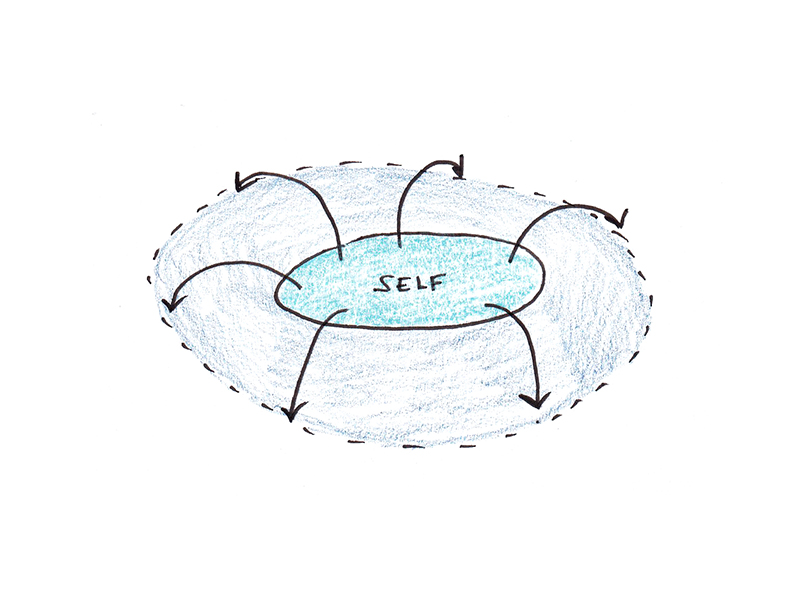







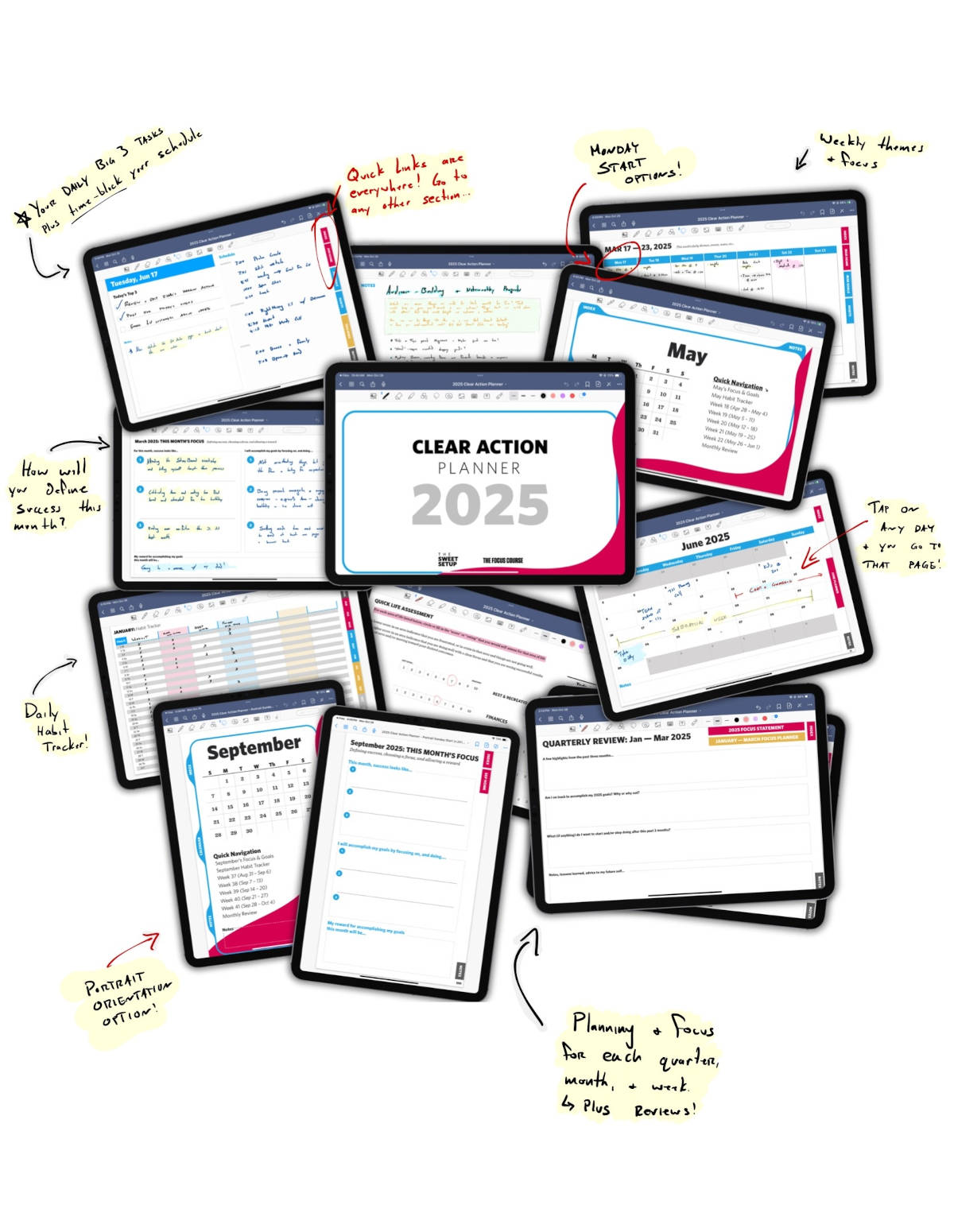




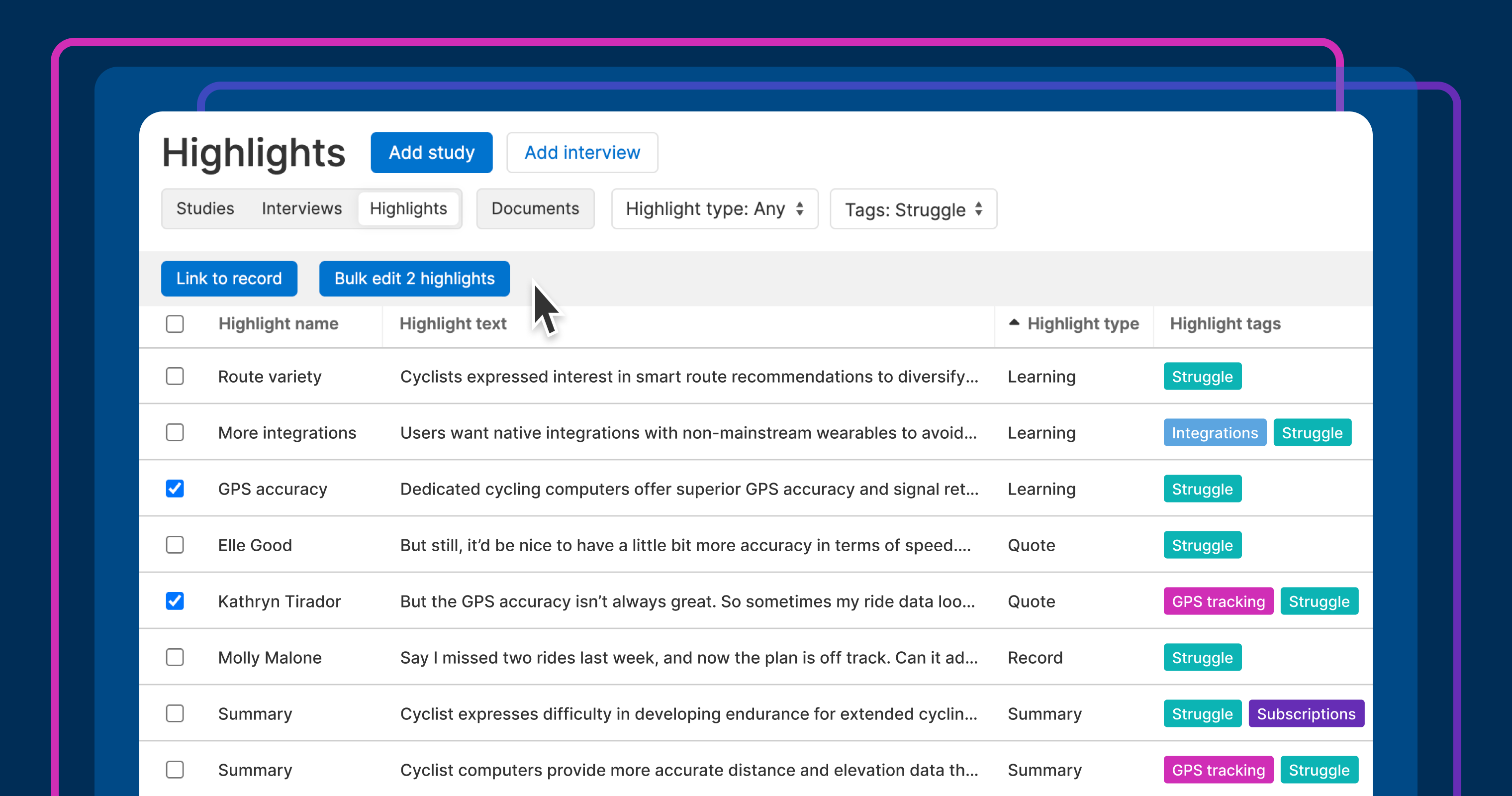


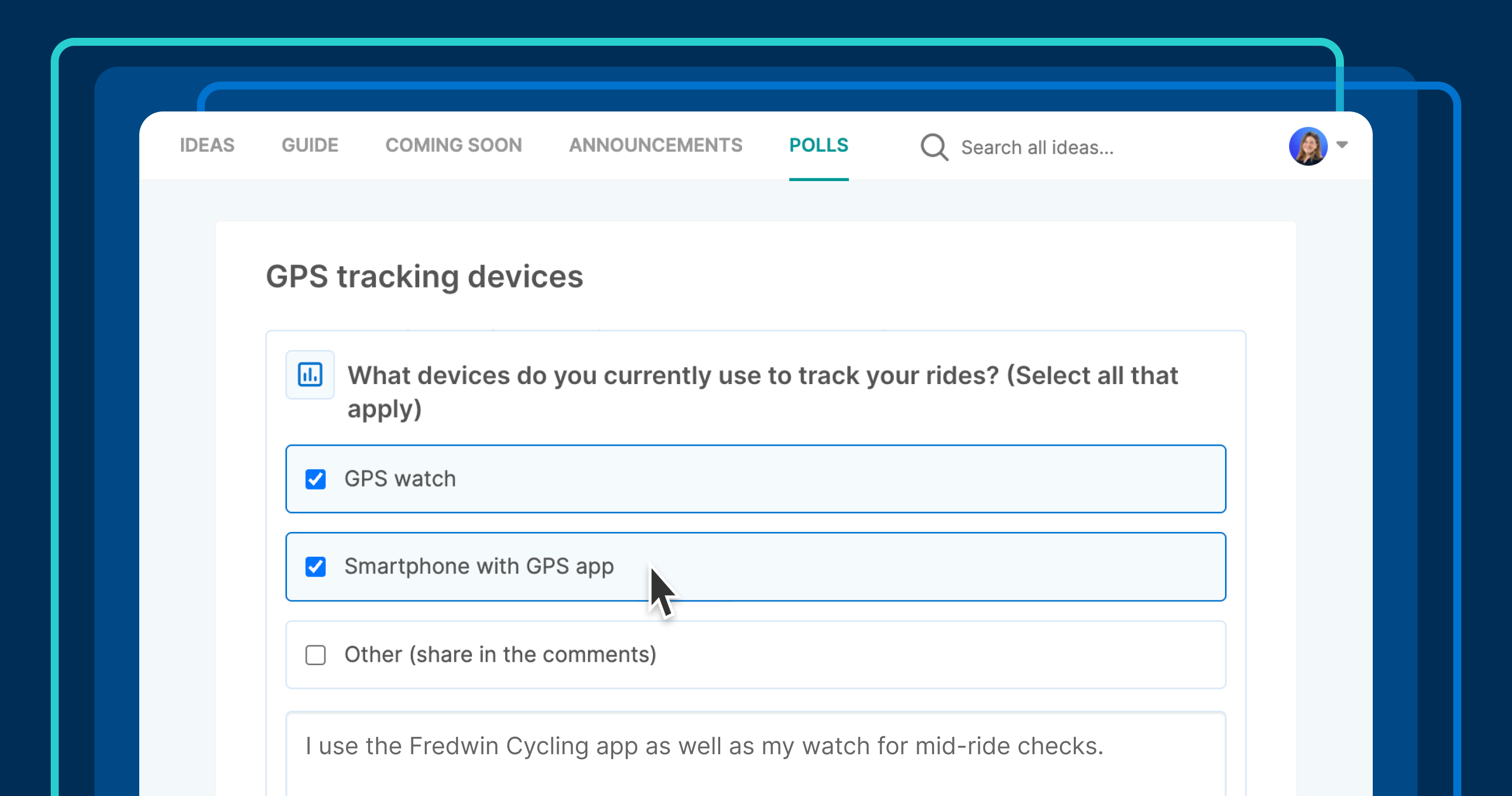



















![Building A Digital PR Strategy: 10 Essential Steps for Beginners [With Examples]](https://buzzsumo.com/wp-content/uploads/2023/09/Building-A-Digital-PR-Strategy-10-Essential-Steps-for-Beginners-With-Examples-bblog-masthead.jpg)















































